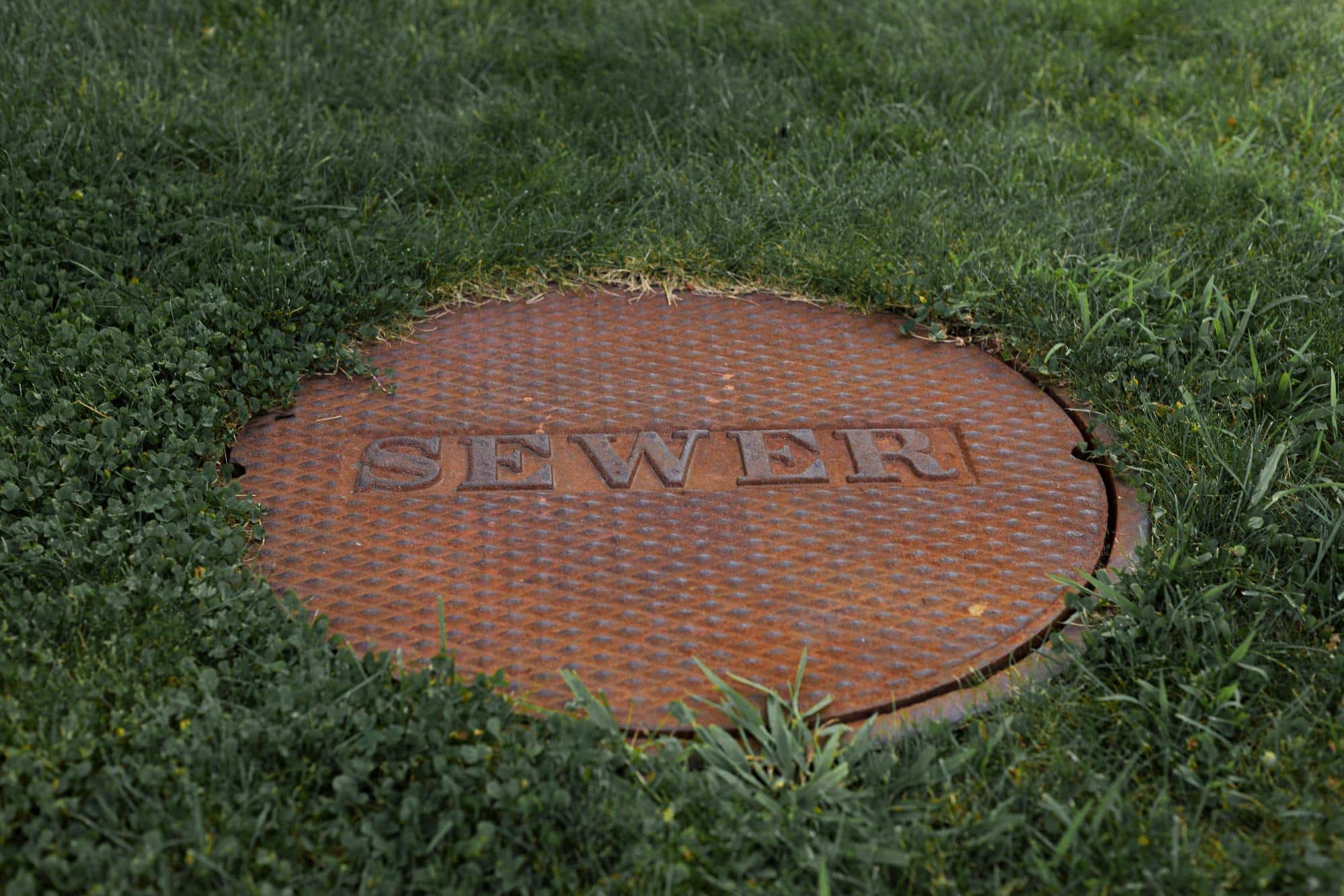Table of Contents

Septic waste is an invisible enemy lurking beneath our feet, often unnoticed until it wreaks havoc. This unsung villain is quietly compromising our ecosystems, and ignorance is no longer bliss. It’s time to uncover its environmental impact before it’s too late.
What Lies Beneath
The ground beneath our homes isn’t just a silent spectator. It’s teeming with life, much of which is adversely affected by mismanaged septic waste. Harmful pollutants seep from faulty septic systems, penetrating our groundwater and affecting the entire food chain. Alarming as it may sound, many people remain oblivious to this environmental threat.
A variety of harmful chemicals, from household cleaning products to pharmaceuticals, find their way into these septic systems. As these substances leak into the soil, they not only harm microscopic life forms but also disrupt the natural decomposition process vital to soil health. Over time, this deterioration can lead to soil infertility, causing long-term agricultural challenges.
Another concern lies in the chemical cocktails that often build up in septic systems. These mixtures can combine to form new hazardous substances that are even more toxic. The eventual release of these substances into the environment exacerbates the damage to ecosystems, potentially affecting crop yields, which further threaten food security.
Addressing septic system issues promptly is vital. Residents in most areas have access to services such as a Miami septic service, which offers professional installation, maintenance, and repair. Keeping these systems in optimal condition can significantly reduce ecological risks.
The Silent Water Assassin
Septic waste doesn’t just lazily soak into the soil; it’s a silent assassin of our water sources. When septic systems fail, contaminants easily reach streams, rivers, and ultimately the ocean. Polluted water bodies become breeding grounds for diseases, jeopardizing all lifeforms that rely on clean water to survive.
The indirect impact on terrestrial wildlife is equally significant. Many animals depend on these affected water bodies for drinking and habitation. As contaminants alter the delicate balance of these ecosystems, wildlife suffers a greater risk of exposure to harmful pathogens and toxins. This imbalance can lead to dwindling wildlife populations, threatening biodiversity.
Beyond local ecosystems, septic waste can have far-reaching impacts through the water cycle. Toxins and contaminants can travel vast distances, ending up in regions far from their original source. This spread could introduce diseases to otherwise unaffected areas, burdening these distant ecosystems with consequences they are not equipped to handle.
Dead Zones & Algae Blooms
Nitrate and phosphate-rich waste pour into water bodies, fueling excessive algae growth, otherwise known as algal blooms. This voracious greenery smothers aquatic ecosystems, creating ‘dead zones’ devoid of oxygen and life. Entire marine populations are at risk, while coastal economies suffer in silence.
Moreover, not all algal blooms are harmless. Some of these blooms, often referred to as harmful algal blooms (HABs), produce dangerous toxins that may result in fish die-offs, shellfish contamination, and even affect the quality of air. These toxins compromise seafood safety, impacting local fisheries and the communities that rely on them for their livelihood.
Efforts to predict and combat these blooms are ongoing, involving researchers studying the complex interplay between environmental factors and nutrient loads. Understanding these dynamics is key to implementing strategies to manage concentrations of harmful nutrients in aquatic environments. Preventive actions at both individual and community levels can help protect vulnerable waters.
Health Repercussions
The ripple effects of poorly managed septic waste extend beyond the environment to human health. Contaminated water visibly impacts communities, causing outbreaks of illnesses like gastrointestinal diseases. This is no distant threat. It’s knocking on the doorsteps of unprepared neighborhoods.
Communities close to contaminated water sources might face increased health services demand, creating a strain on local healthcare facilities. Addressing these health issues necessitates resources and time, which could otherwise be directed toward preventive measures and community support programs. The social and economic burden on the affected areas can be overwhelming.
Recognizing the urgency of this public health challenge encourages collaborative efforts between environmental agencies, medical professionals, and community leaders. By fostering open communication and sharing knowledge across different sectors, communities can develop actionable plans to minimize health risks associated with septic waste.
Home Ecosystem Devastation
The damage isn’t limited to distant land and seas. Septic waste also erodes the ecosystem in our very backyard. Faulty systems release pathogens and chemicals directly into the soil, crippling plants and wildlife. A healthy yard turns into a hazard overnight.
Solutions Are Within Our Reach
Not all is lost. The responsibility now lies in action. Ensuring a properly functioning septic system can greatly mitigate ecological damage. Regular maintenance is vital. Communities can actively work towards education, monitoring, and upgrading outdated systems to curb environmental risks effectively.
Implementing plant-based filtration systems around drainage areas could also aid in reducing pollutants. Such systems utilize the natural filtering abilities of specific plants to purify water, providing an added layer of protection without relying solely on mechanical filtration. These botanical allies offer a sustainable option that complements human interventions.
Community initiatives can support sustainable living practices. Workshops offering guidance on environmentally friendly cleaning products and proper waste disposal methods raise awareness among residents. Collectively, these efforts demonstrate dedication to fostering a healthy, harmonious relationship with the environment.
We’ve ignored septic waste for too long, but its impacts have become impossible to ignore. Assess the risks, educate yourself, and take action. Our ecosystems depend on it. Let’s prioritize smarter waste management, not just for now, but for a thriving future.







